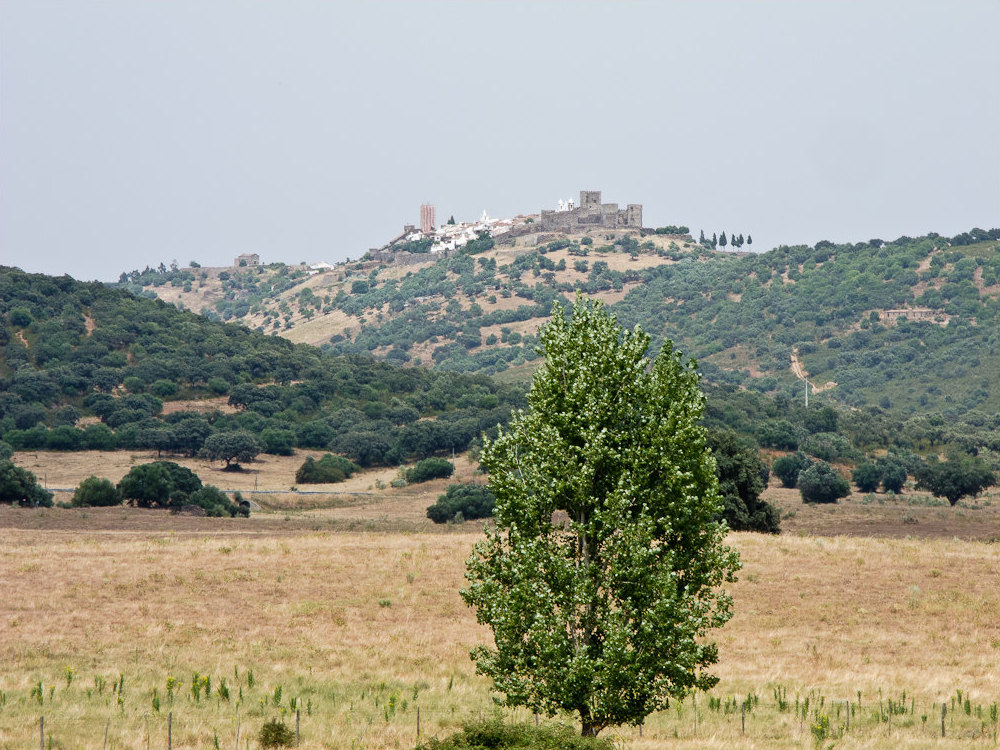Dino is a secure and open-source messaging application. It uses the XMPP (Jabber) protocol for decentralized communication. We aim to provide an intuitive and enjoyable user interface.
The 0.5 release improves the user experience around file transfers and includes two completely reworked dialogs.
Improved file sharing

The way file transfers are currently done in the XMPP ecosystem is limited in functionality and files can sometimes be received out-of-order. Dino now supports a new method for announcing file transfers (XEP-0447), which solves this issue. Additionally, users can now see preview images or other file details before downloading the file. Dino currently only uses the new method for unencrypted file transfers, for example in public channels. Encrypted file transfers will also support the new protocol once Dino supports full-stanza encryption. All file transfers now also display the upload or download progress.

Reworked dialogs
The account and preferences dialogs have been combined into a single, new dialog. This dialog lets you manage accounts and adjust encryption and other settings. It now also includes some new settings like an option for OMEMO encryption by default, which is enabled by default.
Additionally, the conversation details dialog has been completely redesigned. Both dialogs are now fully compatible with mobile devices.
Colors and more
Dino now uses the same fallback avatar colors as other clients (XEP-0392), creating a more consistent experience across applications.
A new unread line has been added, indicating the point up to which you’ve already read the messages.
Dino has also switched from CMake to Meson, which allows for an easier development process.
Alentejo
We named this Dino release “Alentejo” after a region in Portugal.

Alentejo is a region in southern Portugal that is known for its wide plains that are dotted with wineyards and cork trees. The region has a Mediterranean climate with summers regularly reaching temperatures above 40 degrees.
Currently, about 3.6% of all deaths in the region are caused by heat. Heatwaves, in particular, pose a serious health risk and are expected to become more frequent and severe due to global warming [1]. If CO₂ emissions keep increasing, heat-related deaths could make up 15.8% of all deaths in the region by 2100. However, if action is taken to combat climate change, this number could be limited to 6.6% [2].